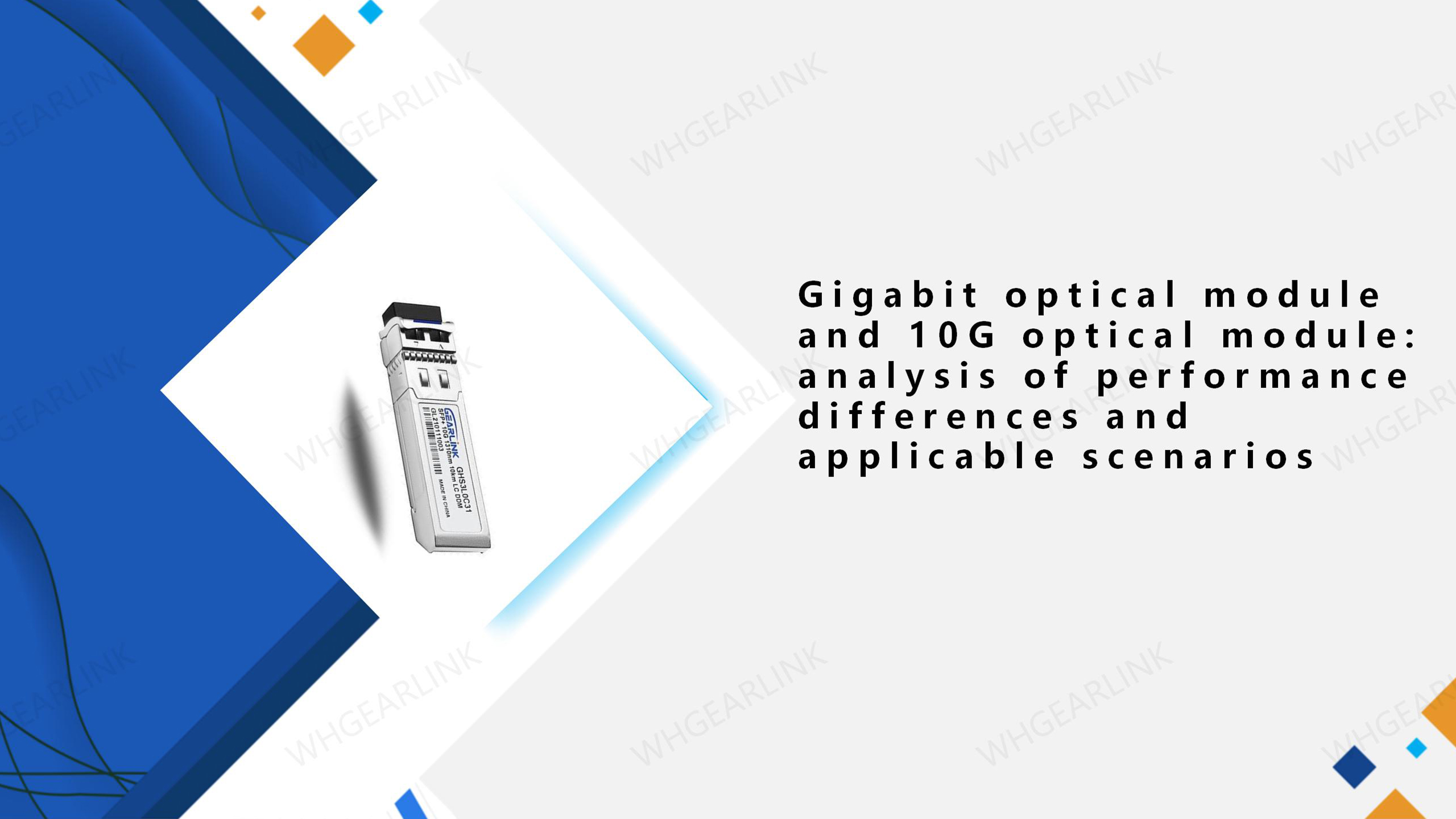This article will conduct a comparative analysis of the performance differences and applicable scenarios of Gigabit optical transceivers and 10 Gigabit optical transceivers. By comparing product parameters and industry statistics, we will delve into the differences between these two optical transceivers and their applicability in different scenarios. The article will elaborate on these two optical transceivers in terms of performance indicators, application fields, cost-effectiveness and future development trends.
There are significant differences in performance indicators between Gigabit optical transceivers and 10 Gigabit optical transceivers. Taking the transmission rate as an example, the transmission rate of the Gigabit optical transceiver is 1 Gbps, while the transmission rate of the 10G optical transceiver is 10 Gbps. In addition, 10G optical transceivers also have obvious advantages in terms of latency, capacity and bandwidth. The differences in these performance indicators will directly affect the results of the two optical transceivers in practical applications.
According to industry statistics, Gigabit optical transceivers are mainly used in ordinary home and small business networks and are suitable for regular data transmission and Internet access. The 10G optical transceiver can be used in large enterprises, data centers, cloud computing and other fields to transmit large-capacity data and high-load applications. There are obvious differences in the application fields of these two optical transceivers, and users need to weigh them based on actual needs when choosing.
10G optical transceivers have obvious advantages in performance and are slightly higher in cost than Gigabit optical transceivers. However, the configuration of other equipment required to build a network between Gigabit optical transceivers and 10G optical transceivers is also different, such as switches, optical fibers, network cards, etc., and the overall budget cost will increase significantly. Therefore, when considering cost-effectiveness, users need to comprehensively consider their own actual situation and project needs.
With the advancement of science and technology and the continuous growth of network demand, the market share of 10G optical transceivers is gradually increasing. The market share of gigabit optical transceivers is also increasing year by year thanks to smart homes, smart transportation, industrial Internet of Things, etc. At present, as the technology continues to mature, the costs of 10G optical transceivers and Gigabit optical transceivers will gradually decrease. We can foresee that Gigabit optical transceivers and 10 Gigabit optical transceivers will play an increasingly important role in future development.
This article conducts a comparative analysis of Gigabit optical transceivers and 10 Gigabit optical transceivers from multiple dimensions such as performance indicators, application fields, cost-effectiveness, and future development trends. By understanding their performance differences and applicable scenarios, users can make informed choices based on their own needs. Whether it is a Gigabit optical transceiver or a 10G optical transceiver, on the basis of meeting user needs, it will provide efficient and stable solutions for network transmission and promote the advancement of network technology.


